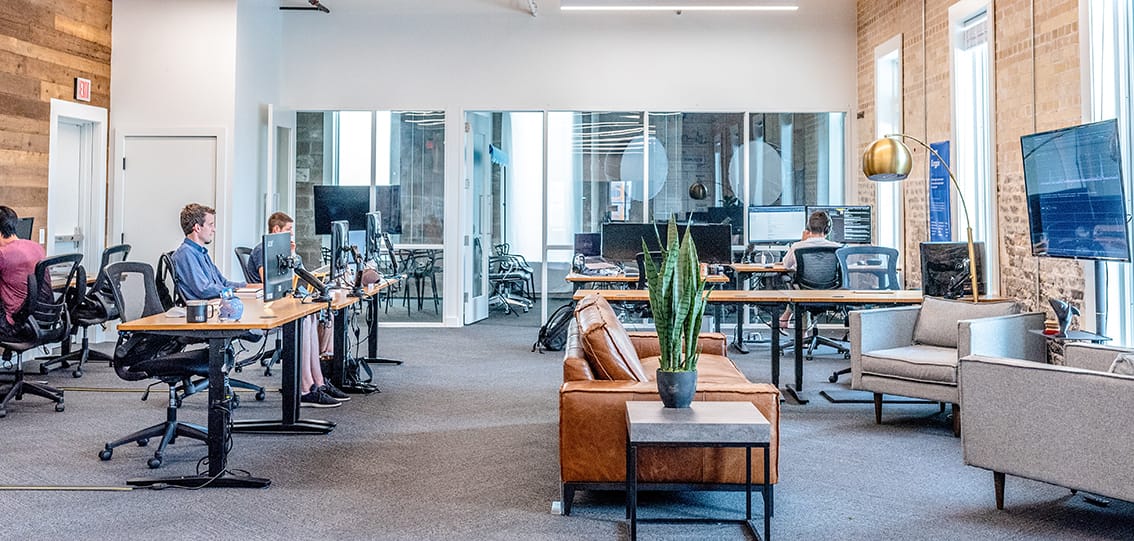 blog
blog
Long live the office! (as part of the “new normal”)
17 May 2020, by
As we seek to define the “new normal” in our work lives, we now have to consider what is the purpose of us attending an office. Long gone is the time when we had to be present to physically exchange anything. So much of the work we do is about producing, reviewing or analysing information and, as most of us have discovered over the past few months, we truly can do much of this work at home.
So where does this leave the corporate office? How does this now fit into our work lives?
If I review my own personal experience of lockdown and its impact on my work, it’s reaffirmed how the physical office is the social hub for organisations. There are activities that truly require face-to-face interactions to deliver the best experiences and outcomes. Yes, we can work remotely and perform most of our normal tasks, but there are clear deficiencies in what some activities deliver.
Over the past two decades, collaboration has been at the heart of transformation projects and the successful execution of organisational change. But now we’re cut adrift having to deal with working remotely.
The technologies we’ve all adopted allow us to be virtually present at the same time, but the collaborative experience is hugely different. The physical proximity where body language and nodded consensus allows the energy and momentum of a meeting or workshop to develop has been lost to be replaced by a fight to unmute and not talk over each other.
Organisations need their people to collaborate and that is often best served by being in the same physical space. Virtual collaboration technology is better now, but it’s just not the same experience.
As social beings, we learn to respect and trust each other by spending time together and engaging in shared experiences that are so much more than what we say. Organisations operate successfully when the social connections allow individuals to form relationships that enable them to work together solving problems, driving new ideas and generally making stuff happen.
The expectations within modern organisations is for people to take ownership and be actively engaged, but this way of working comes from having trust in those around you and being able to rely on what they say and do. Developing this social contact requires people to meet and be so much more than passing acquaintances in a virtual world.
So where does this leave the office and how do we get the balance right between remote working and using the office environment to deliver this social hub that organisations need?
I think we can assume that things will not shift back to where we were in February this year. It appears that most organisations will embrace a new, flexible working model for a number of reasons including employee experience, productivity and health and safety.
This new, flexible working model is a form of Activity-Based Working where the home working environment is seen as another workspace. I believe this will become the place where those individually-focused tasks are best delivered and the reason for being in the office will be very much weighted towards face-to-face interaction.
This new way of working will be a challenge for most organisations and require new ways of planning and change management support to deliver a model that works.
Over the years, we’ve helped many organisations change how they use their workspaces and, although the trigger point for change is different at this time, the approach to delivering successful change in the workplace is the same.
The workplace needs to be considered as a system of four interlinking elements – the physical environment, the supporting technology, people’s behaviours and the way work gets done. This workplace concept is explained in the model below. It is only by using this holistic model of the workplace that it is possible to truly understand how the new ways of working can impact your organisation.

This new era of work, which has been fast-tracked by COVID-19, will take time to fully evolve and the ability to think and adapt fast will vary from organisation to organisation. But the challenges of the last two months under lockdown has considerably moved our mindset in this direction. Let’s use this momentum to adjust to the “new-normal”.
